UKM has a library that provides book lending facilities and access to journals for UKM members. UKM also has several museums and galleries that UKM members and visitors can visit. Several departments that are specific to cultural and arts management. For example, the UKM Cultural Center offers a variety of arts including performance, dance, acting and martial arts. The role of the Cultural Center is not only to highlight culture and heritage but also to foster the interest of staff and students in the field. In addition, the Malay Institute of Nature and Civilization (ATMA) plays a role in preserving Malay heritage. Other than that, UKM provides pedestrians to facilitate the movement of pedestrians and prioritize pedestrian safety, UKM provides special routes to avoid accidents or other unwanted things.
Monument
UKM provides public access to buildings, monuments, or natural heritage landscapes of cultural significance. Currently, there are 16 identified monuments at UKM, with the classification based on buildings over 50 years old. Few of the monument examples in UKM are Chancellor Hall Tun Abdul Razak (DECTAR), University’s Mosque and the first residential college, Dato’ Onn College. The mosque building is surrounded by six minarets, with a particularly prominent minaret reaching a height of 6666 centimeters, symbolizing the 6666 verses of the Quran. This design was inspired by Tun Syed Nasir, former UKM Pro-Chancellor. Additionally, to strengthen the relationship between UKM and the local community, the main hall, DECTAR, is strategically located in front of UKM’s main gate, symbolizing the close bond between the two parties.
- Official Monument of UKM Campus
- Selaka Garden
- Chancellor Tun Abdul Razak Hall – Dewan Canselor Tun Abdul Razak (DECTAR)
- Anuwar Mahmud Hall
- Universiti Kebangsaan Malaysia Mousque
- Istana Puteri Bongsu
- Chancellory Building
- Faculty of Economics and Management
- Institute of Malay World and Civilization – Institut Alam dan Tamadun Melayu (ATMA)
- Tun Seri Lanang Library
- Faculty of Social Sciences and Humanities
- Official Monument of Dato’ Onn College
- Dato’ Onn Residence
- Tun Hussein Onn Residence
- Aminuddin Baki Residence
- Ungku Omar Residence
1. Official Monument of UKM Campus
GONG UKM: Commemorating the Opening Day of UKM
The UKM gong located in front of the Tun Abdul Razak Chancellor’s Hall (DECTAR) is in conjunction with the opening of the Universiti Kebangsaan Malaysia (UKM) by His Majesty Sultan Haji Ahmad Shah Al-Musta’in Billah Ibni Al-marhum Sultan Abu Bakar Ri ‘ayatud In Al-Mu’azzam Shah when he was the Yang Di-Pertuan Agong of Malaysia. UKM Bangi campus was officially opened on Tuesday, September 2, 1980 corresponding to 22 Syawal 1400.
This historic location is a must-visit place for UKM residents and a focal point for UKM graduates to take souvenir photos. Let’s share your nostalgic photos and convocation ceremony year here. UKM’s 46th Convocation Ceremony will take place on 10-13 November 2018. UKM Alumni invite alumni to liven up the ceremony and celebrate UKM’s new graduates.
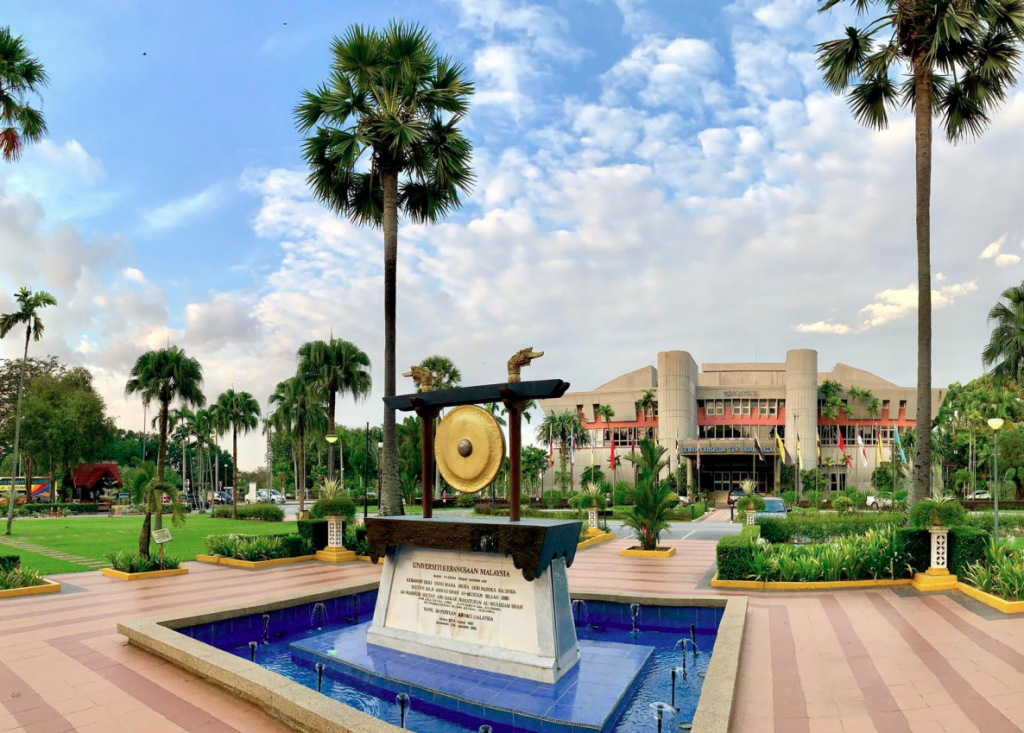

2. Selaka Garden
Selaka Garden is decorated with the UKM logo carved into the hillside and a book-shaped sculpture as a sign of knowledge.
The opening ceremony of Selaka Garden and the Forum Commemorating the Establishment of UKM was officiated by UKM Pro Chancellor YBhg. Tan Sri Datuk Dr Abdullah Mohd Salleh on 18 May 1996 at UKM Bangi simultaneously with the anniversary of the establishment of UKM on 18 May 1970.

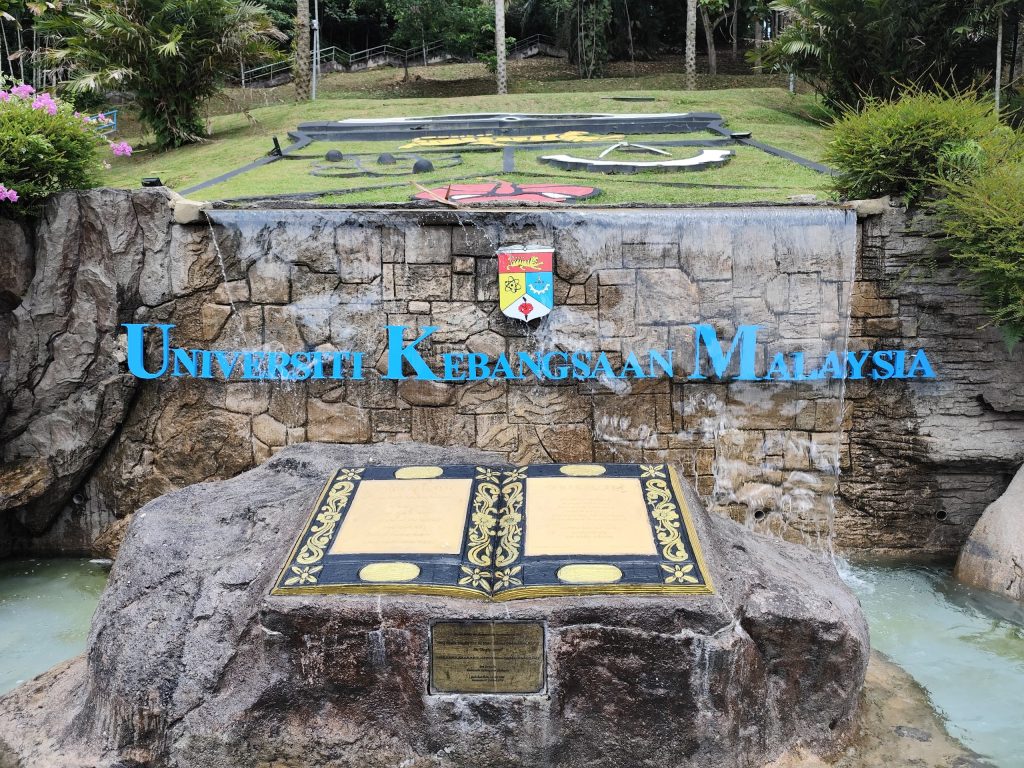



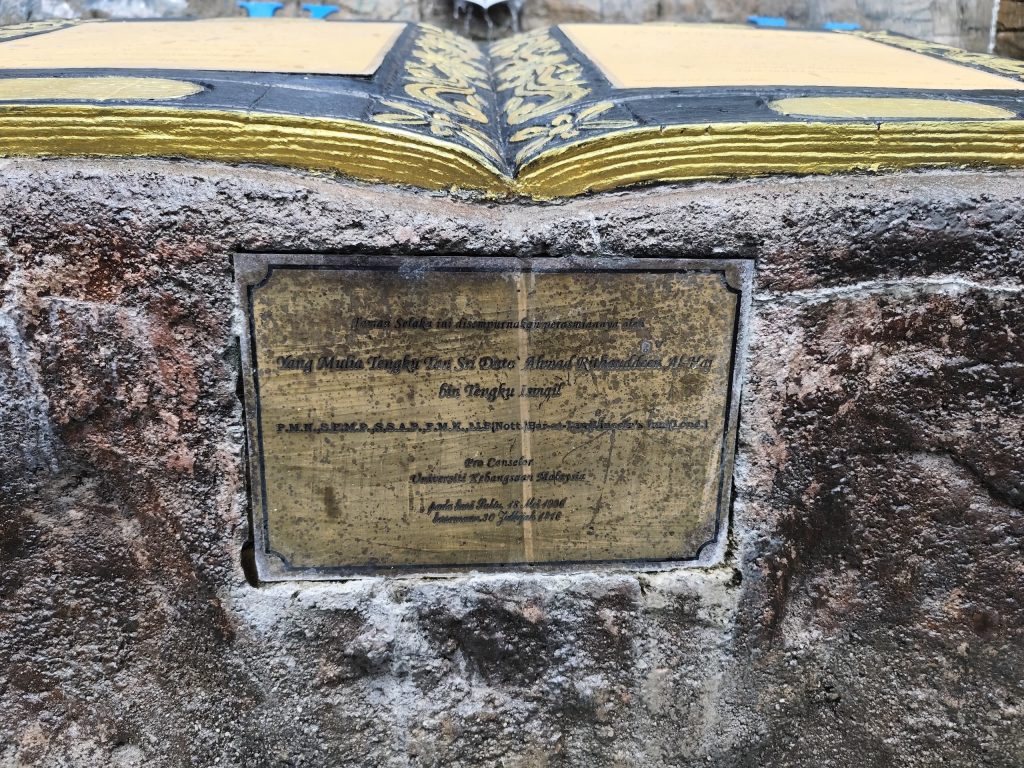


3. Chancellor Tun Abdul Razak Hall – Dewan Canselor Tun Abdul Razak (DECTAR)
Chancellor Tun Abdul Razak Hall (DECTAR) of UKM was completed on 28 November 1978 and was used for the first time during the 6th UKM Convocation Ceremony. The construction which started on 21 June 1976 cost RM6,922,821. With an area of 153,450 square feet, DECTAR set a record as the largest hall in Malaysia at that time.
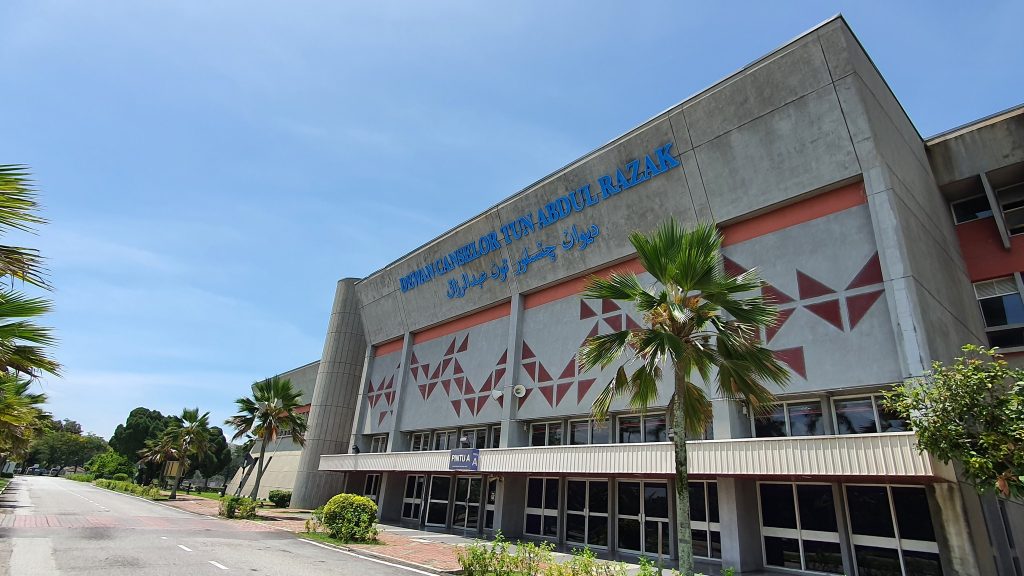
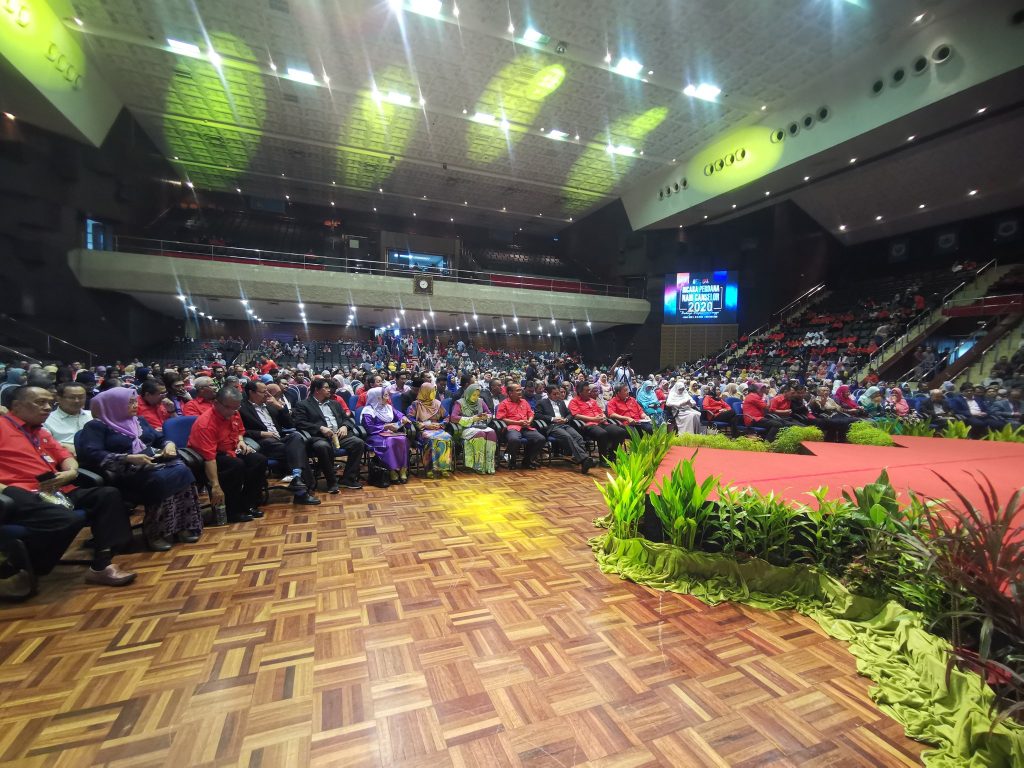
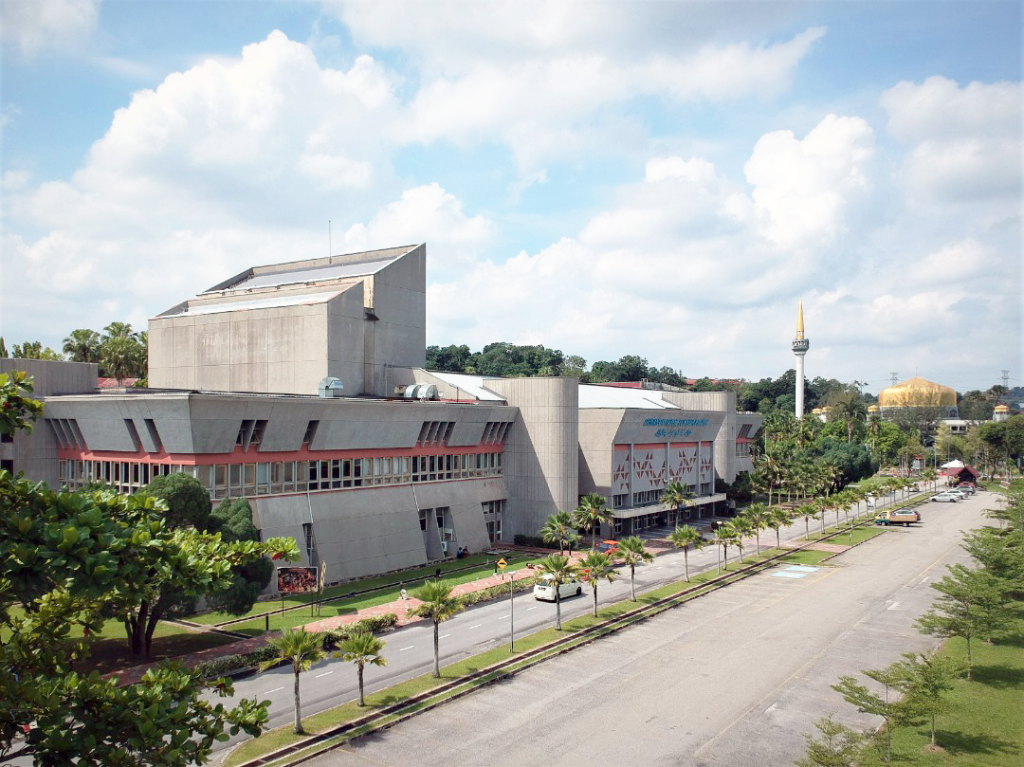
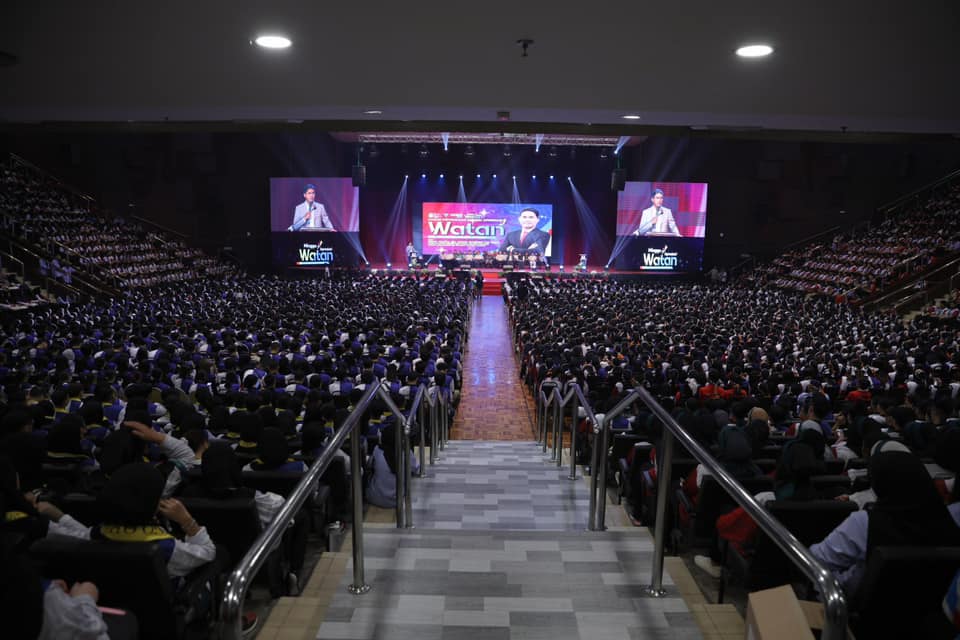
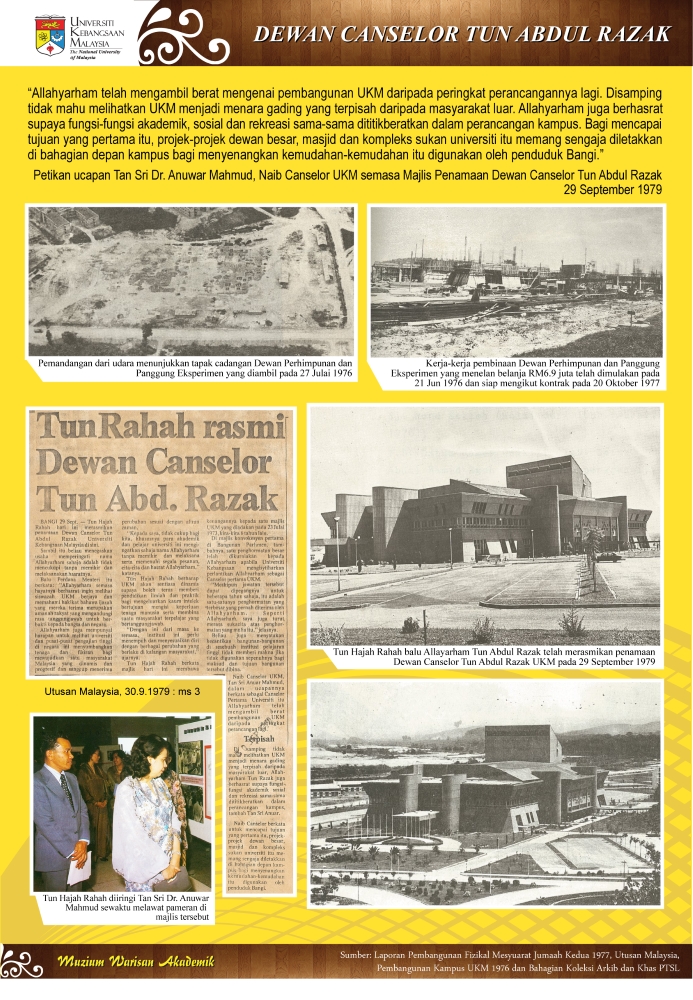
4. Anuwar Mahmud Hall
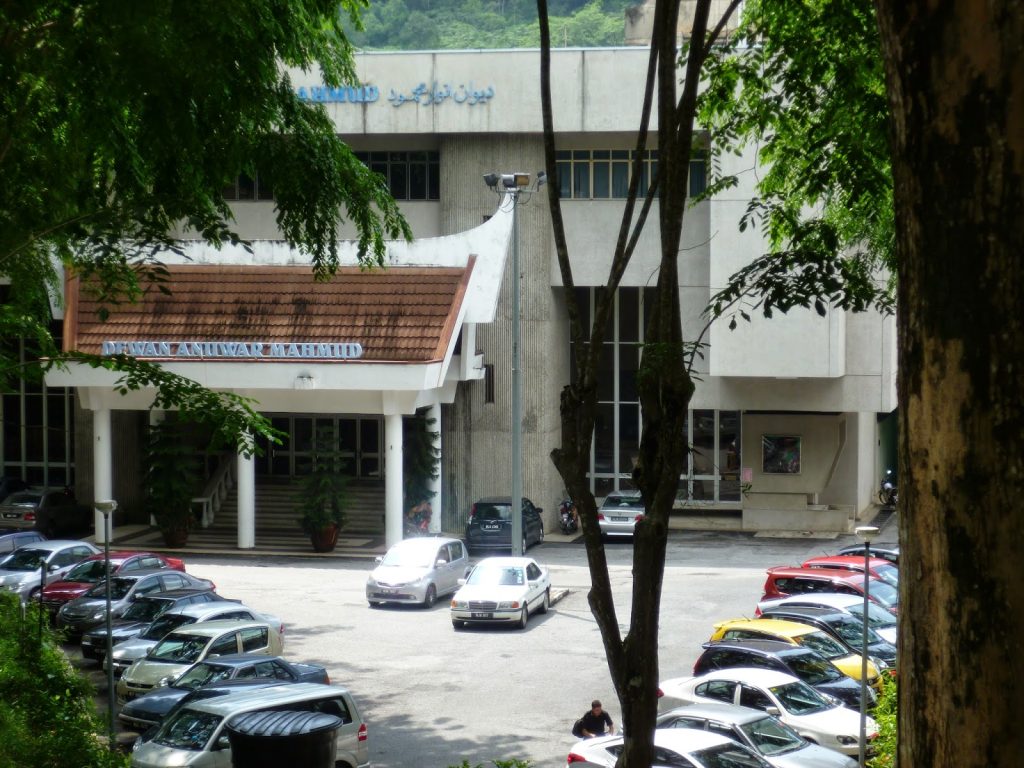
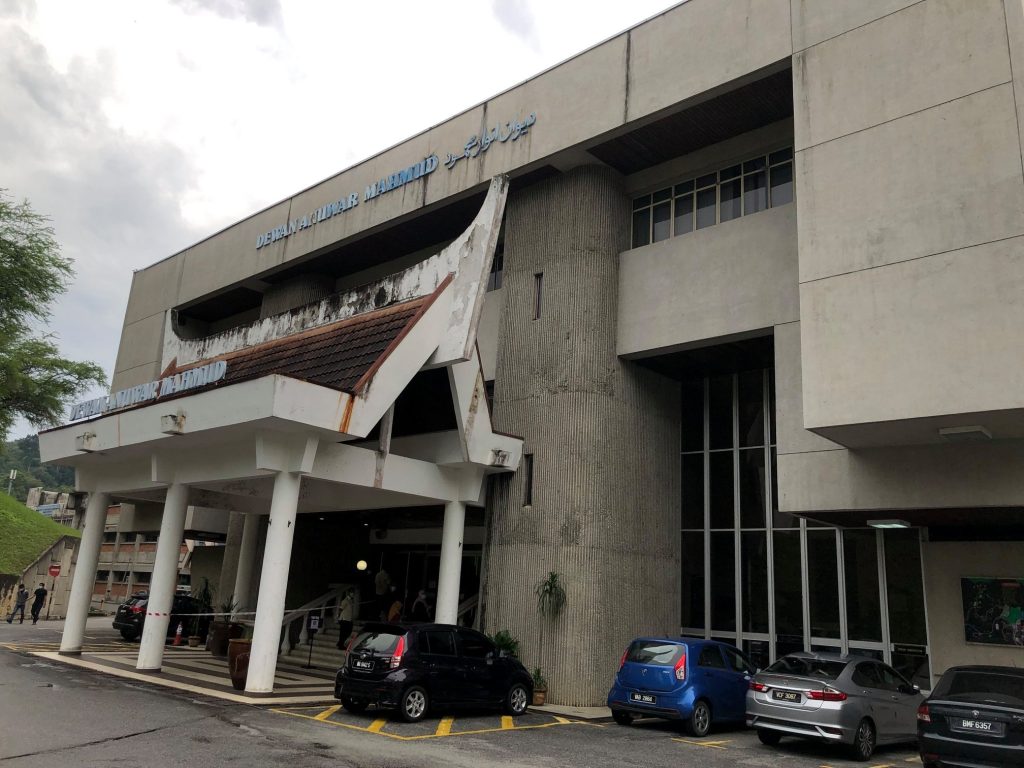

5. Universiti Kebangsaan Malaysia Mosque
UKM Mosque was built on a two-hectare site located in front of the main entrance of Universiti Kebangsaan Malaysia. Its construction started on 16 March 1979 at a cost of RM 5.1 million. It was officially handed over to the Universiti Kebangsaan Malaysia on Wednesday 14 April 1982.
The effort to establish this mosque began on Friday 16 April 1982. The design of the UKM Mosque was inspired by Mr. Abdullah Bakri, former Director of the Development Unit, UKM. This building is surrounded by six minarets and a large minaret 6666 centimeters high that was inspired by Tun Syed Nasir, former Pro Chancellor of UKM.
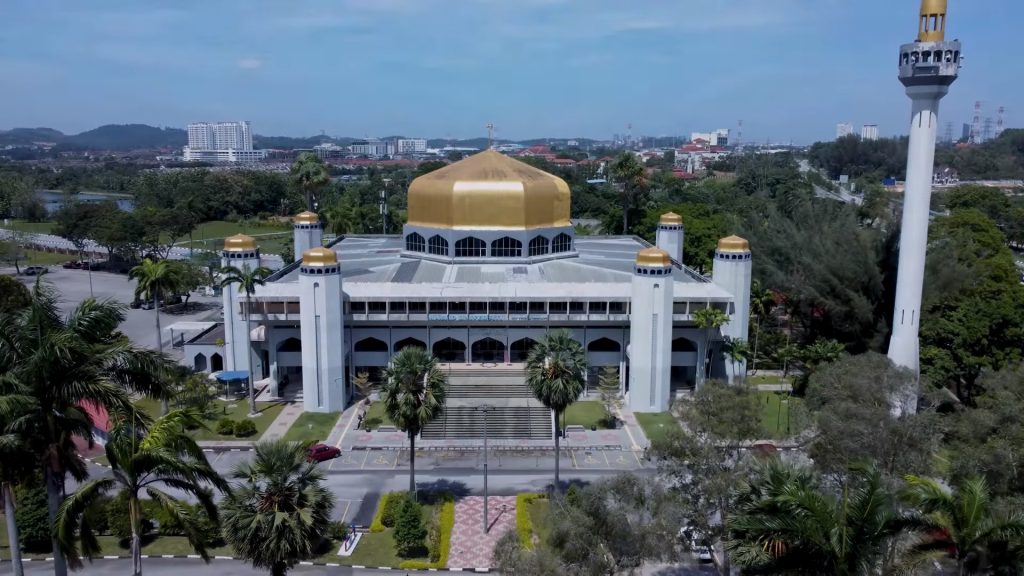
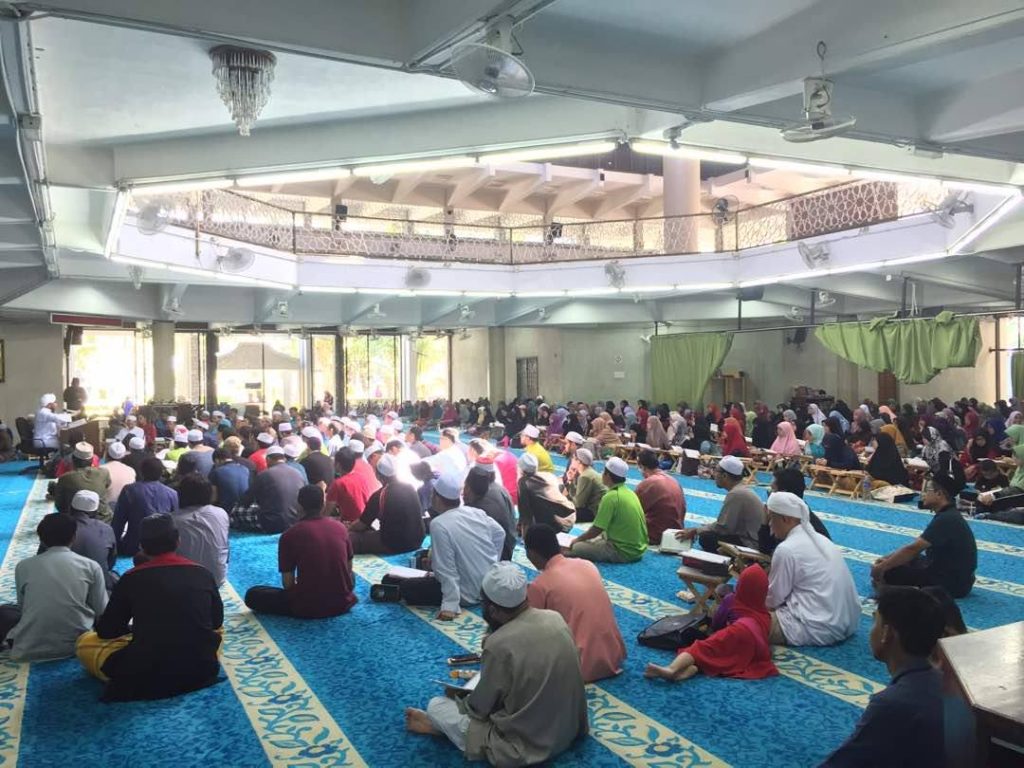
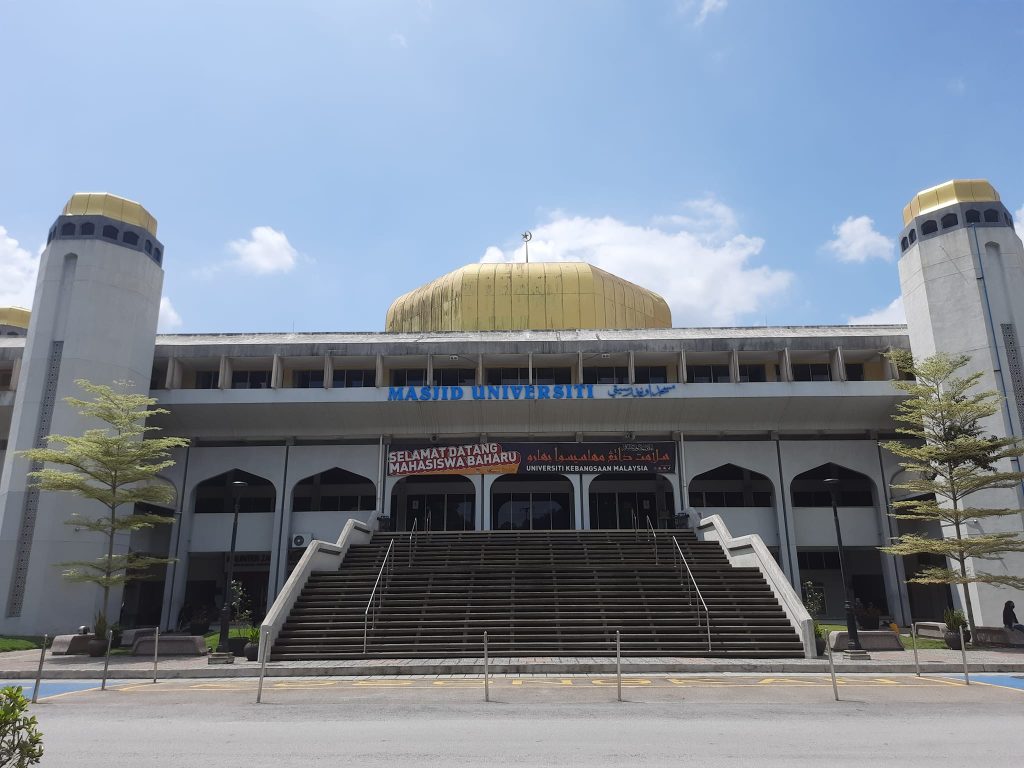
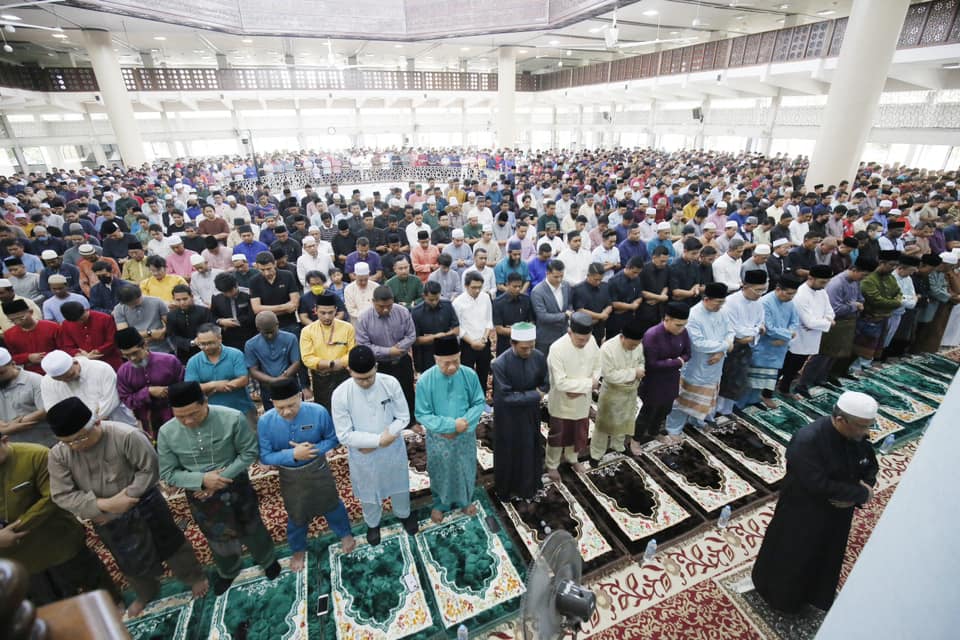
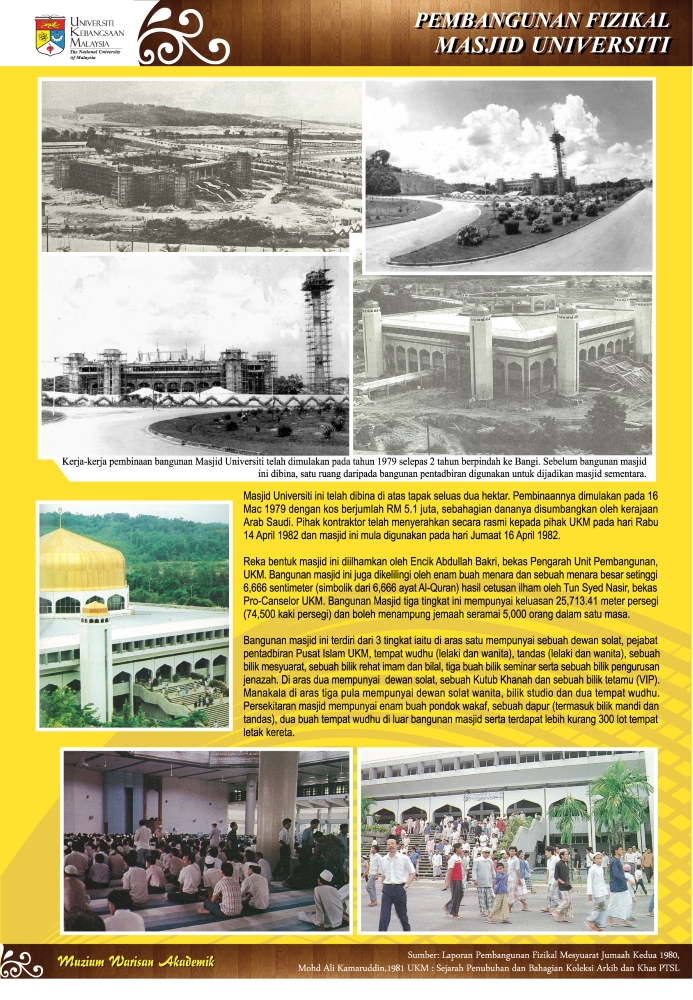
6. Puteri Bongsu Palace
Rumah Puteri Bongsu (also known by the name of its last occupant as Istana Tengku Fatimah Zaharah by the National Museum of Malaysia) was originally the legacy of a relative of the King of Kelantan, namely Tengku Hamidah, the youngest daughter of Sultan Mansur who ruled Kelantan in 1886-1889. According to historical information, Tengku Hamidah, better known as Puteri Bongsu, inherited Rumah Dapur from the Sultan Mansur Palace complex after she married Tengku Chik. They are said to have built the Mother House and may have purchased the Center House and Middle House modules based on the construction methods and details of the two modules which are quite different from the Mother House.
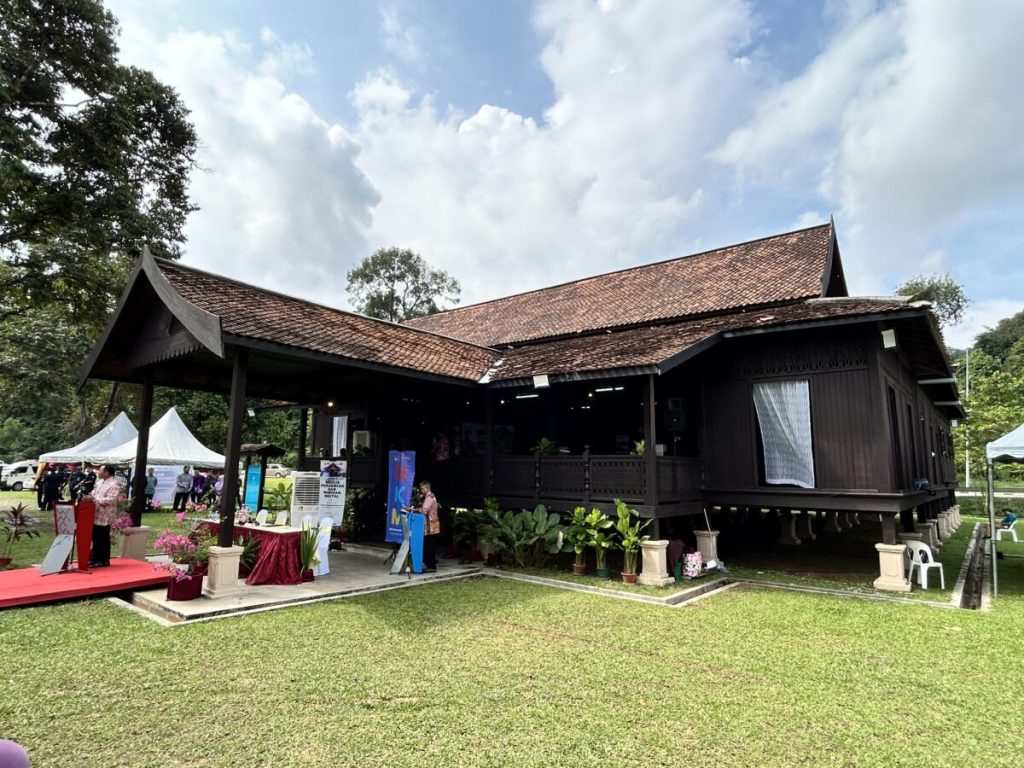

Virtual Tour of the Puteri Bongsu Palace
7. Chancellory Building
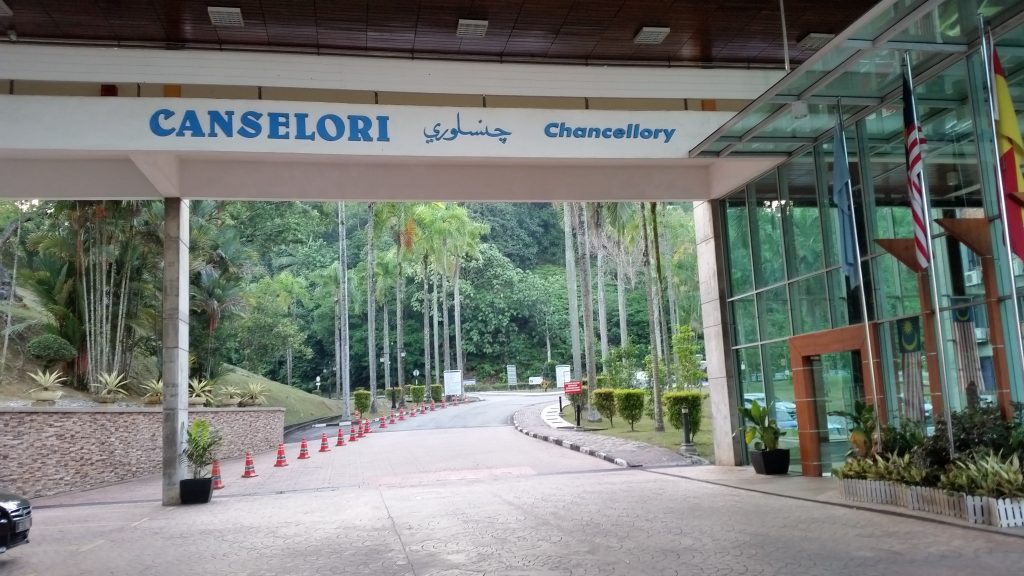
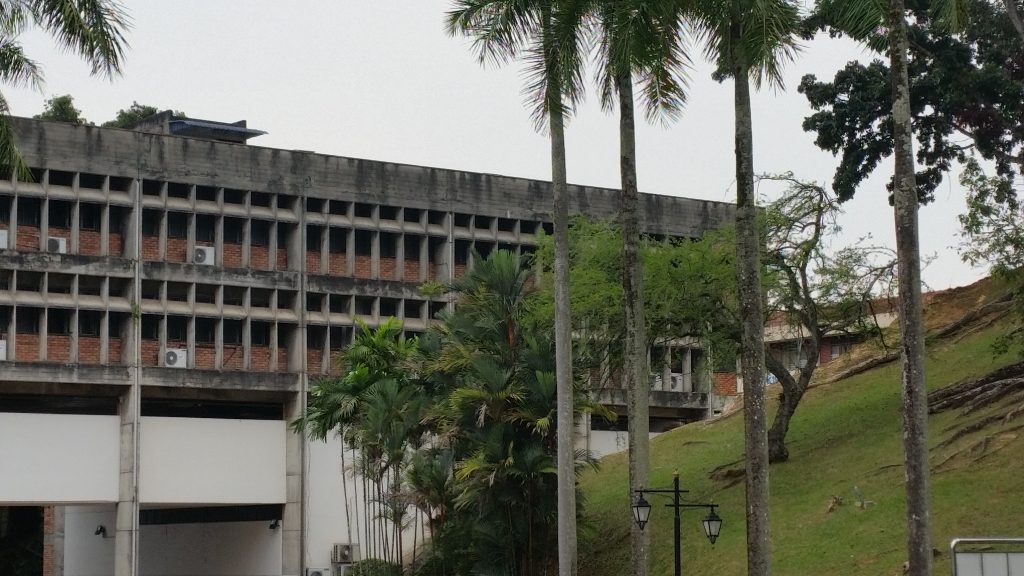


8. Faculty of Economics and Management
The history of UKM’s Faculty of Economics and Management was pioneered with the establishment of the Department of Economics and Trade under the Faculty of Arts in 1970, the same age as the establishment of the National University of Malaysia which was established to fulfill the aspirations of the people in making Malay the medium of instruction in all fields of study and science.
The status of the Department of Economics and Trade was later raised to the faculty level named the Faculty of Economics and Management in 1974.
The development of economics and business as well as the increasing demand of the labor market gave rise to the idea of separating this faculty into two separate faculties, namely the Faculty of Economics and the Faculty of Business Management in 1979.
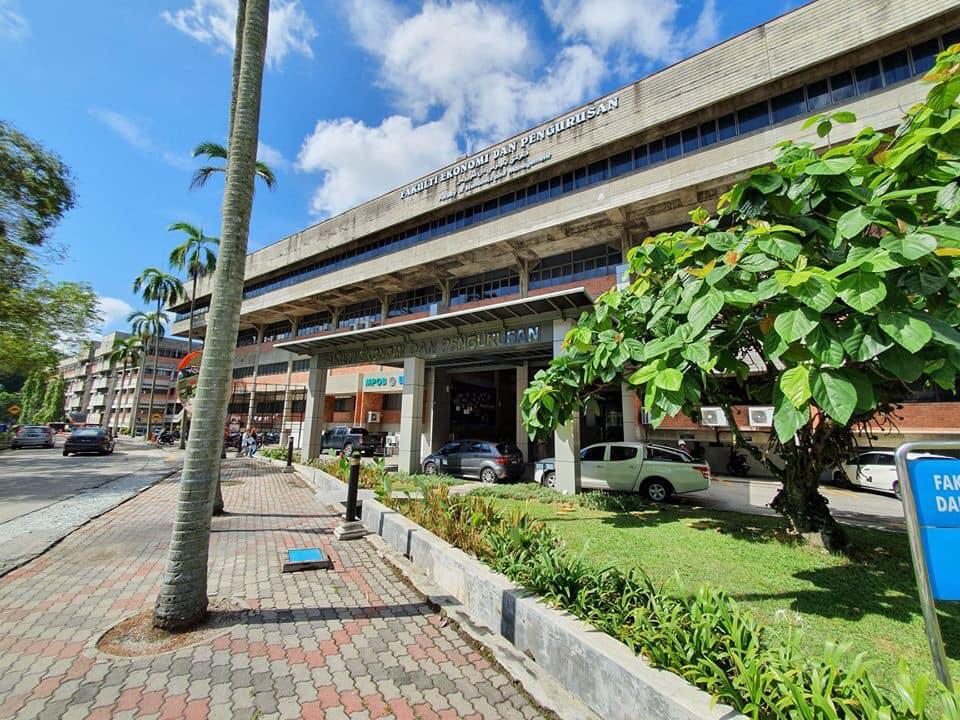
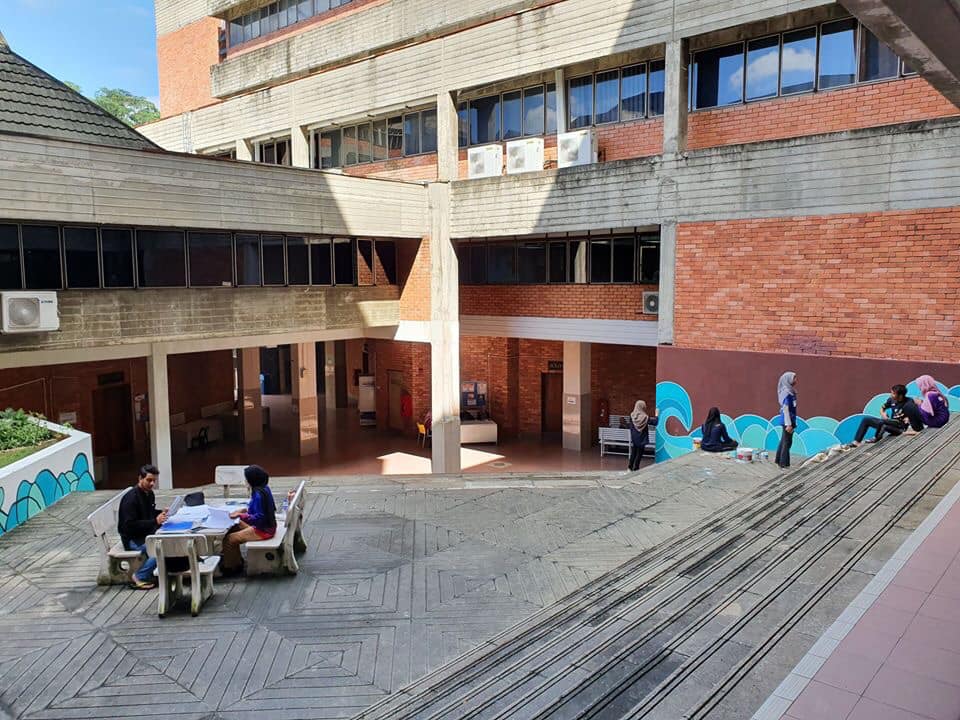
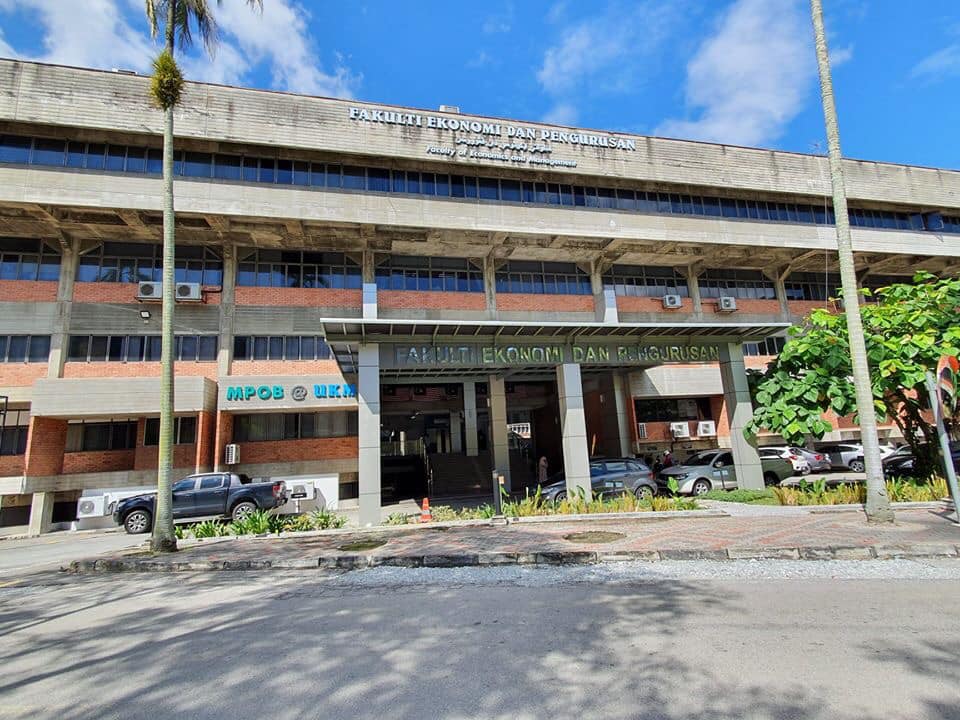
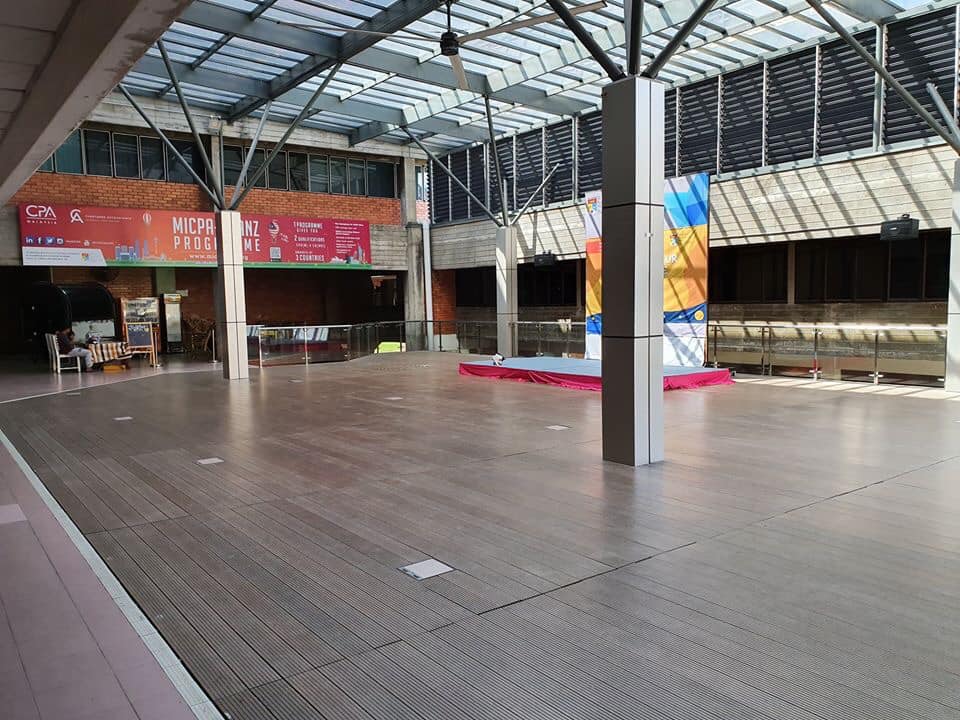
9. Institute of Malay World and Civilization – Institut Alam dan Tamadun Melayu (ATMA)
The Institute of Malay World and Civilization (ATMA) was initially established as an Institute of Language, Literature and Malay Culture (IBKKM) in December 1972. The aim of the institute was to offer postgraduate studies i.e. Masters in Letters and Doctor of Philosophy and research into Language, Literature and Malay Culture as well as become the main reference center for these subjects. The changing of the name from IBKKM to ATMA in 1992 had expanded the areas of research to include the whole of Malay world and civilization.
Since its establishment, the institute is driven by a general conception of the Malay world and Civilization field which includes philosophy, beliefs, material culture, identity and all aspects of life within Malay cosmology. It is further expanded to include landscaping, ocean and outer space.
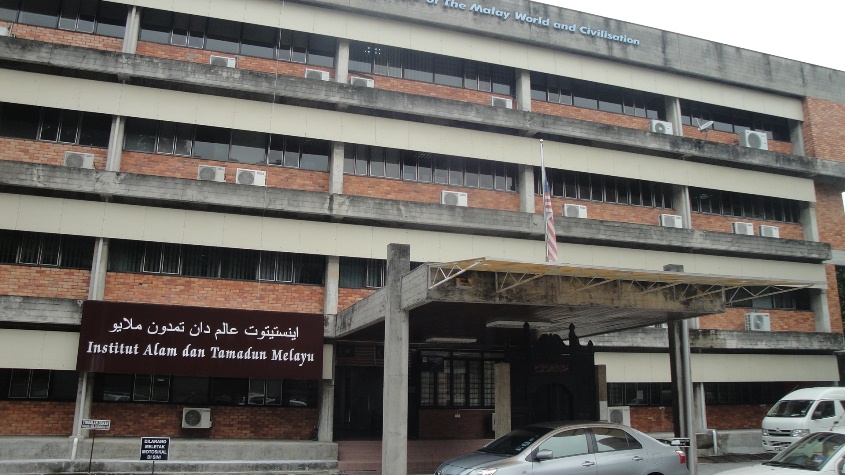
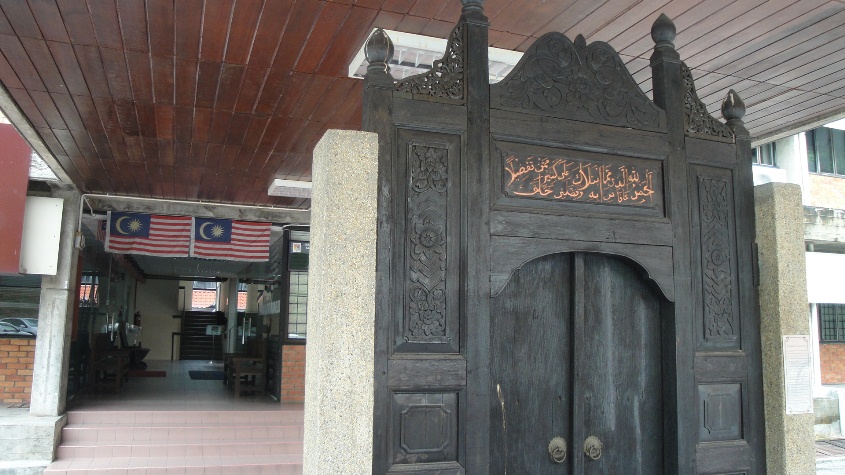
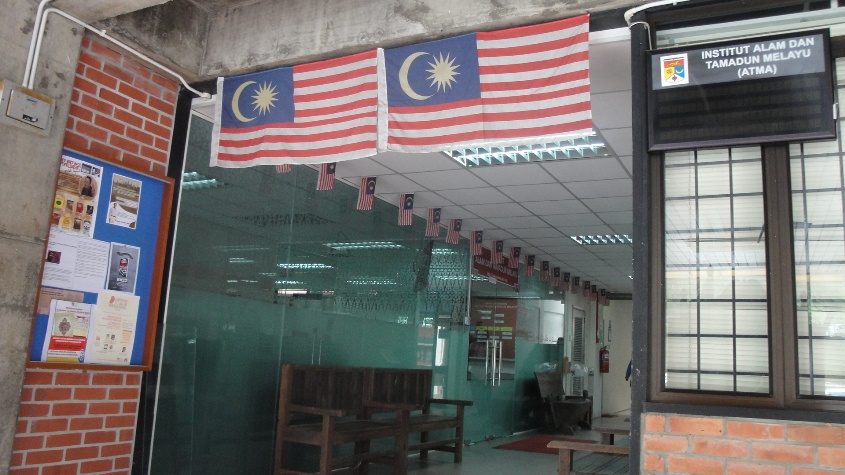
10. Tun Seri Lanang Library
The UKM Library was established simultaneously with the establishment of UKM on 18 May 1970 in Lembah Pantai, Kuala Lumpur. In 1977, the Library moved to a campus in Bangi and at first used Level 5 of the Chancellory Building, UKM before moving to the permanent building of the library.
The library building in Bangi was first used in 1978 and was officiated by His Majesty DYMM Tuanku Jaafar ibni Almarhum Tuanku Abdul Rahman on 2 July 1980. The building was named Tun Seri Lanang Library in honour of a nobleman and a famous literary figure in Malaya in the 16th century.
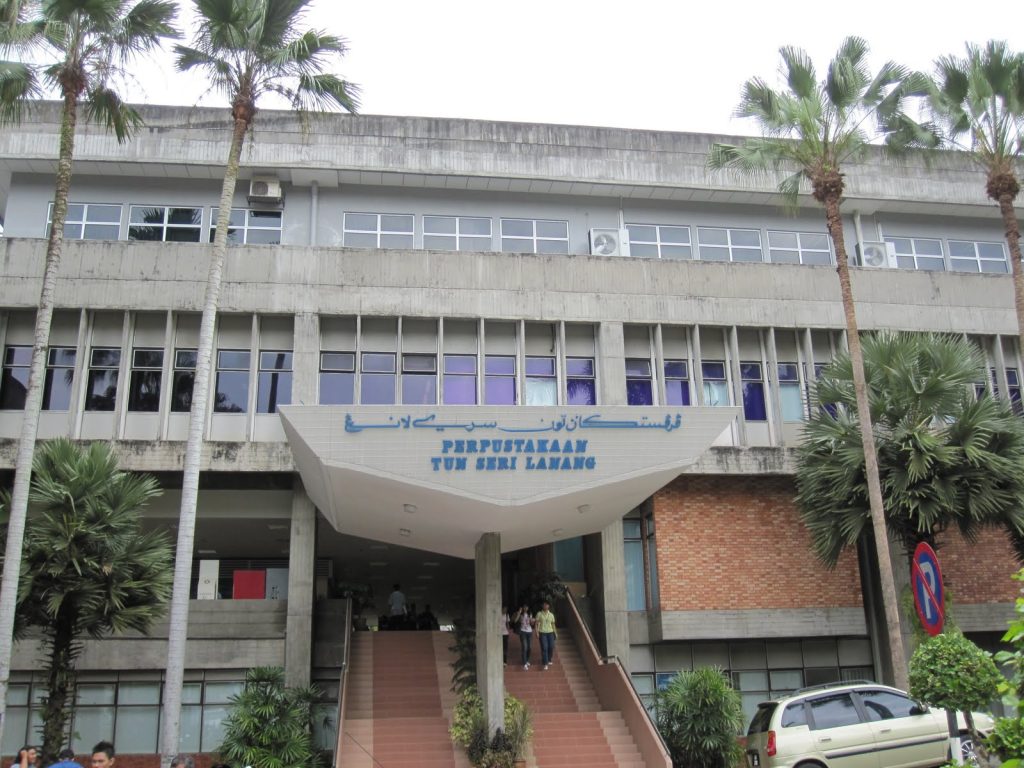
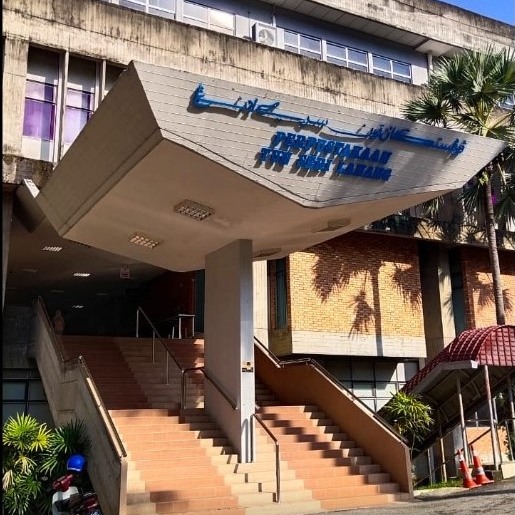
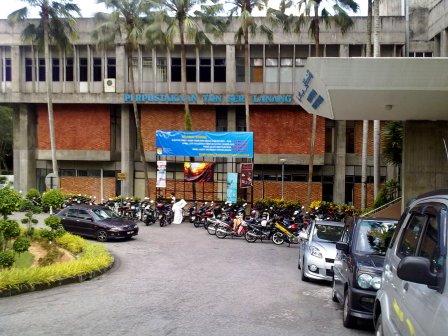
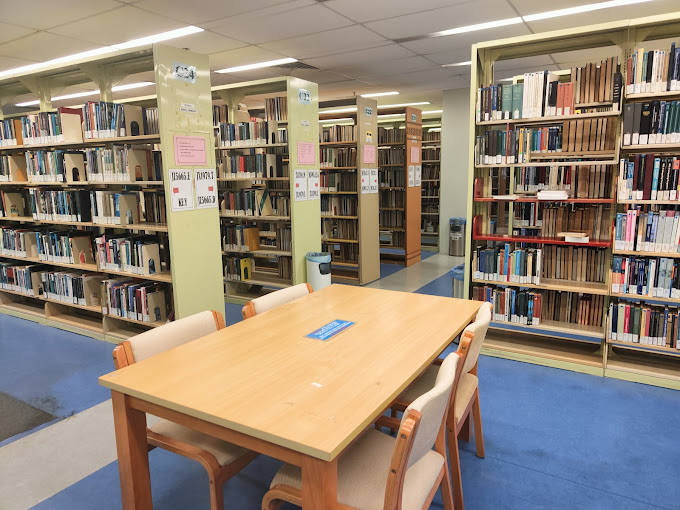
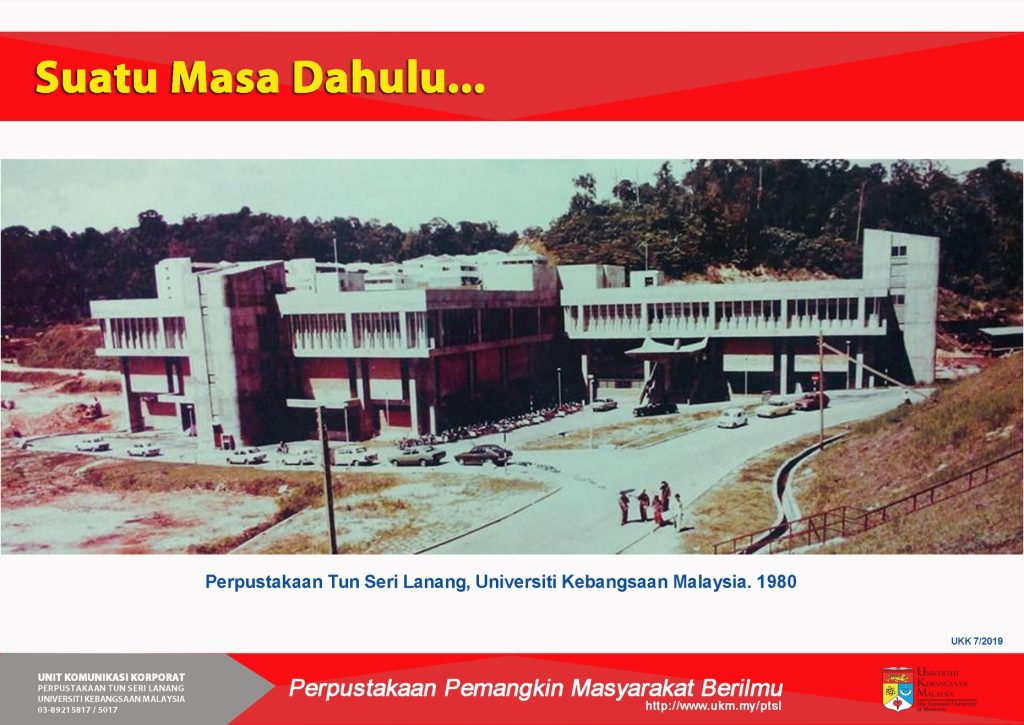
11. Faculty of Social Sciences and Humanities
Mission:
To promote and integrate the exploration of new knowledge for the creation of graduates who are learned, dynamic and guided by national aspirations.
Vision:
To catalyse and pioneer advances in academic scholarship for national development and overall human wellbeing.

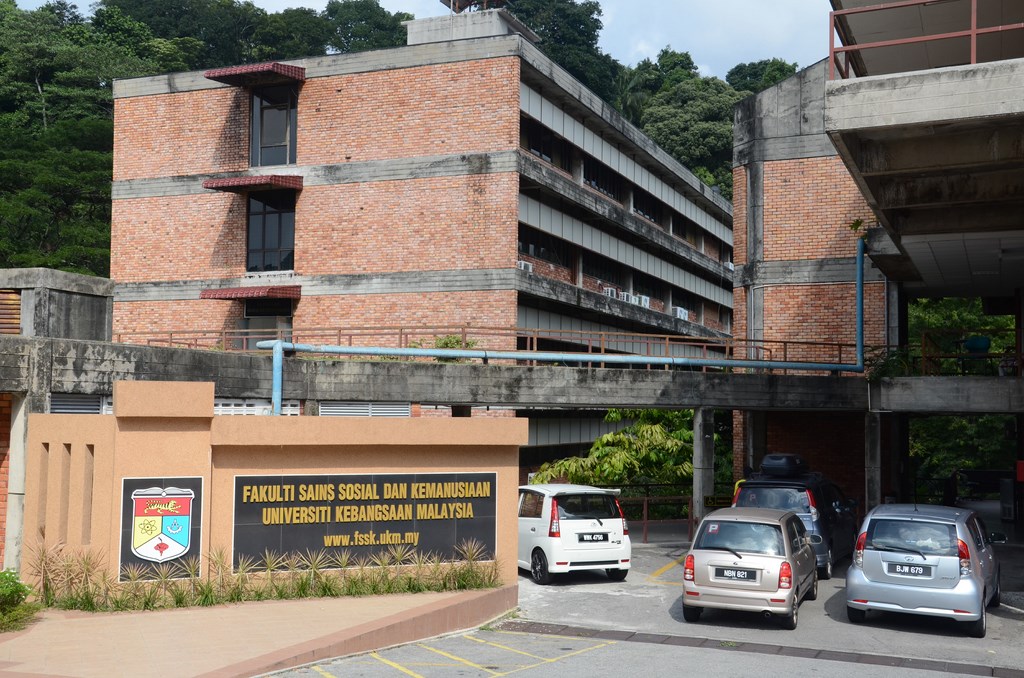
12. Official Monument of Dato’ Onn Collage
Dato’ Onn College (KDO) is the first college established at UKM Bangi in parallel with the transfer of the UKM Campus to Bangi. First College was renamed to Kompleks Siswa A on November 25, 1977. In 1981, Kompleks Siswa A was upgraded as Kampung Siswa A or better known as Kamsis A where the kamsis was able to accommodate 1480 residents.
In 1986, KDO once again underwent a branding process when this kamsis was upgraded to Kamsis Dato’ Onn. The fame and prominence of Dato’ Onn has caused his name to be immortalized in the folds of history to be remembered. Therefore, on 30 January 1986, corresponding to 20 Jamadil Awwal 1406 Hijrah, the position of this college was strengthened with the inauguration by YAB Tun Hussein Onn, the 3rd Prime Minister of Malaysia. This is a historic moment throughout the establishment of UKM and this history is solidly carved in the Kamsis Dato’ Onn administration building. With this inauguration, Kamsis Dato’ Onn became known as Kolej Dato’ Onn. It still proudly stands on the UKM stage until now and has successfully produced many excellent and distinguished students in line with the direction of Universiti Kebangsaan Malaysia.
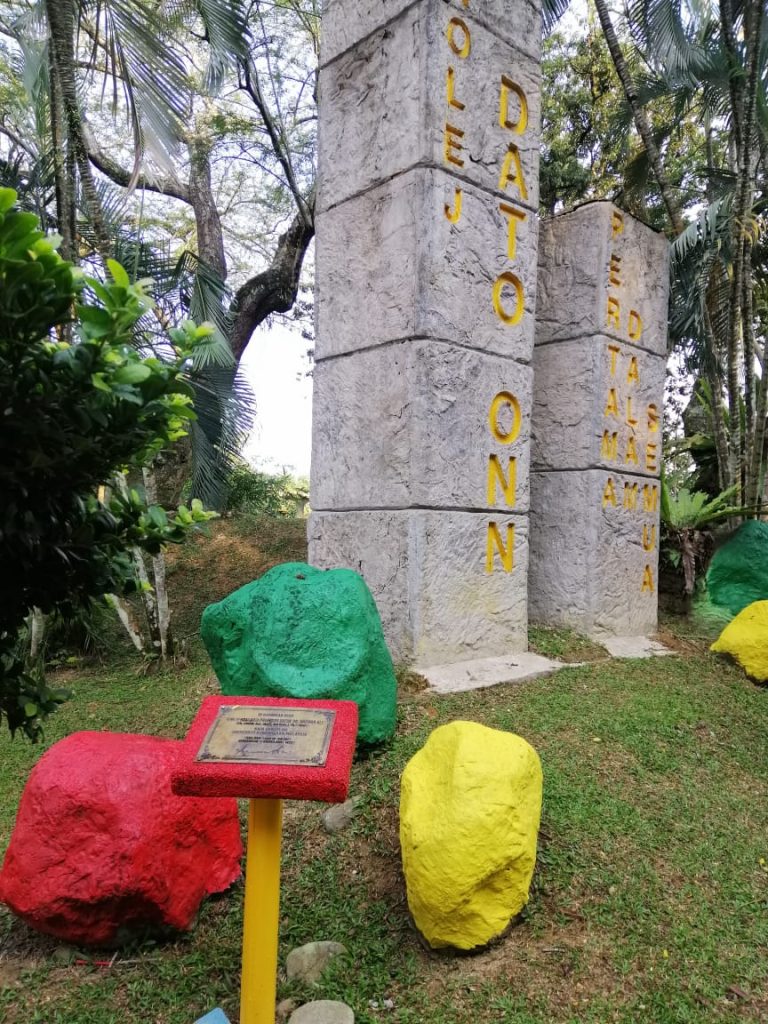
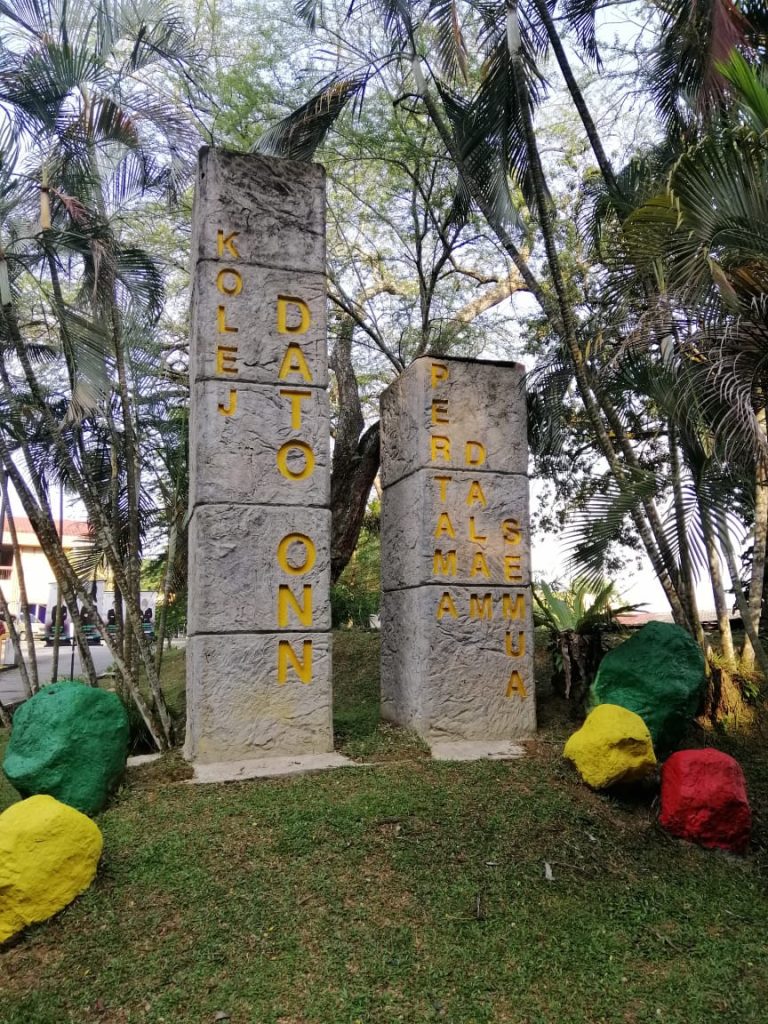
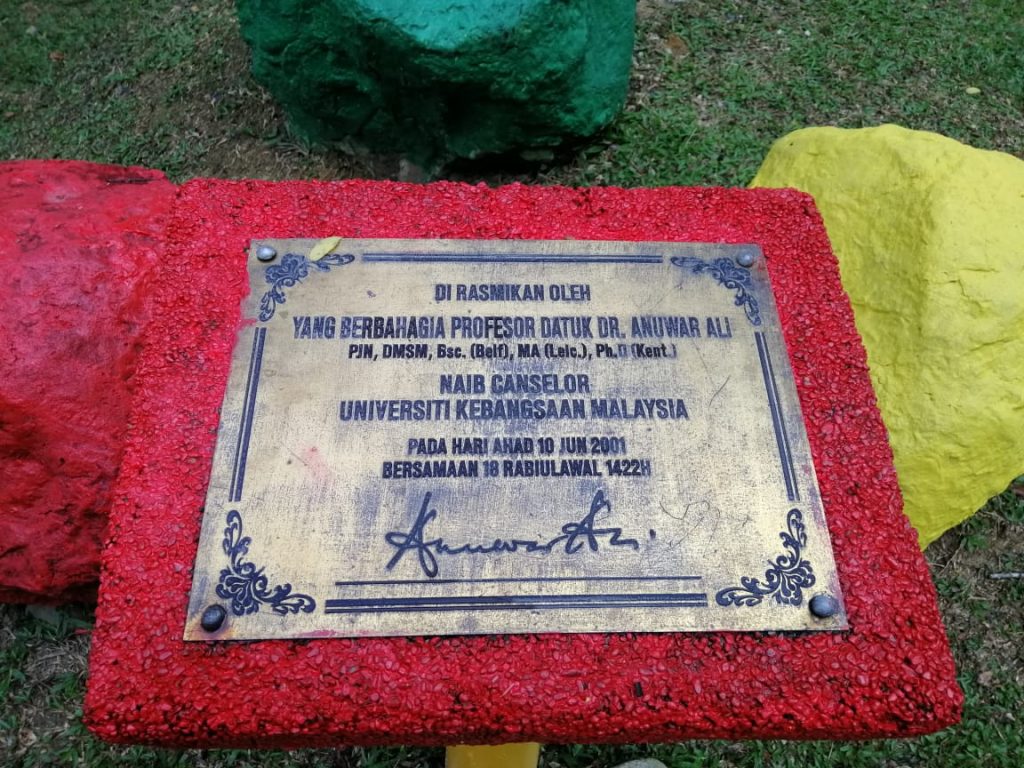
13. Dato’ Onn Residence
Dato’ Onn College (KDO) is the First College established in UKM Bangi in parallel with the transfer of the UKM Campus to Bangi. First College has changed its name to Student Complex A on 25 November 1977.
Dato’ Onn’s fame and prominence has caused his name to be immortalized in the folds of history to be remembered forever. Therefore, on 30 January 1986 equivalent to 20 Jamadil Awwal 1406 Hijrah, the position of this college was strengthened with the inauguration by YAB Tun Hussein Onn, the 3rd Prime Minister of Malaysia.
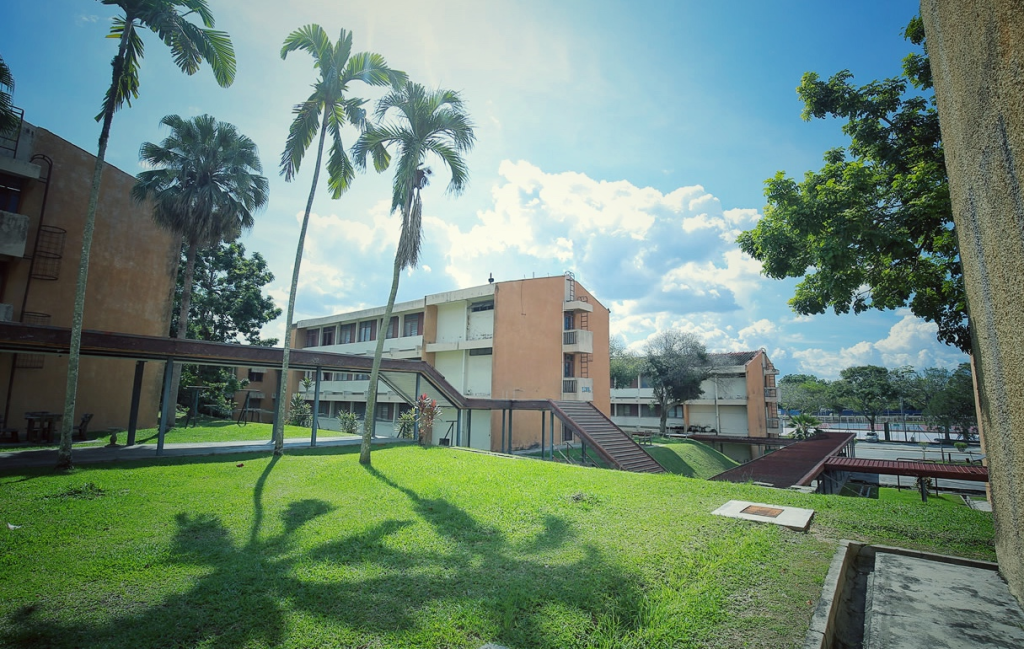
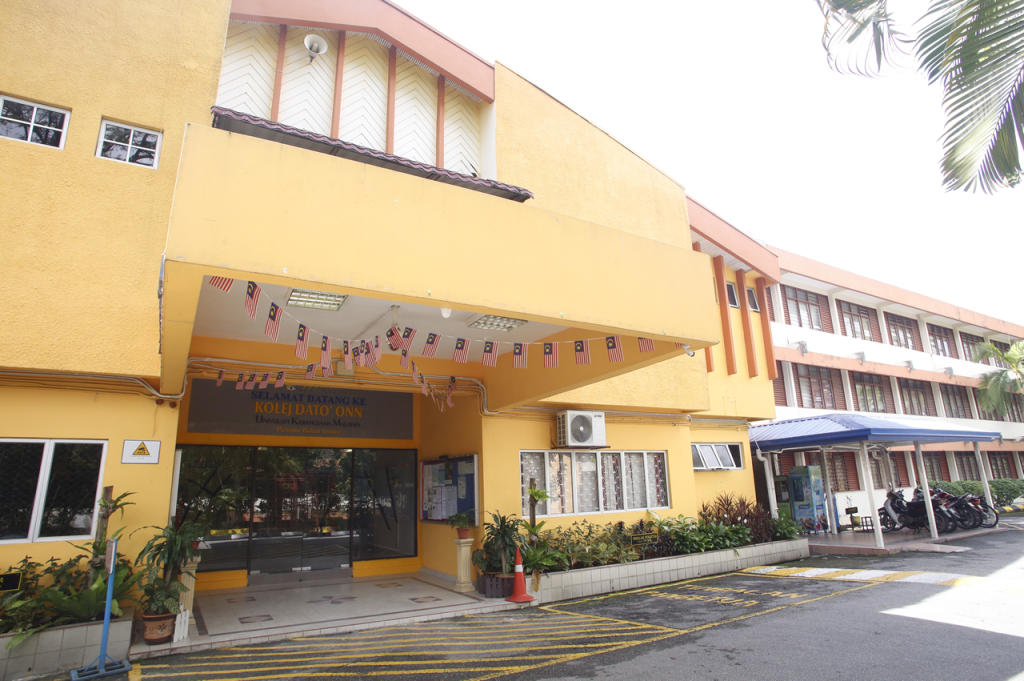
Academic Heritage Museum
The UKM Academic Heritage Museum is another new landmark on this historic campus. The establishment of this museum was driven by the rapid development, success and achievements in various academic and management fields since the establishment of UKM on May 18, 1970. Every day that passes is a series and a memory for UKM that has succeeded through various challenges in its efforts to stand strong as a center of excellence knowledge.
The existence of this Museum will empower and enliven the image of the treasures of knowledge heritage, the results of thought, research and innovation of UKM scholars and scientists. The Academic Heritage Museum is also a continuation of the UKM Gallery located on the second floor of the Chancellery Building which was inaugurated on 29 July 2000 in conjunction with UKM’s 30th Anniversary. The gallery focuses on the history of UKM’s struggle and establishment, while the Academic Heritage Museum highlights the development, success and glory of UKM at the age of 38.




Sheikh Othman Sarawak Gallery
The Sheikh Othman Sarawak Chair is an initiative jointly established by UKM and the Islamic Council of Sarawak (MIS). His work began immediately after the success of the joint organisation of Nadwah Ulama Nusantara (NUN VIII) between UKM and MIS in Kuching on 23 to 25 October 2018. Most interestingly, the resolution of NUN VIII suggested the need for an Islamic scholarship chair to be established at IPT to deal with issues- issues related to civilization, progress and development of the Muslim community, especially for the state of Sarawak.
The Islamic scholarship chair was named the Sheikh Othman Sarawak Chair after the name of a prominent scholar who came from Bumi Kenyalang. The idea of establishing an Islamic Scholarship Chair at IPT was finally read by the Chairman of the Sarawak Islamic Council, Datu Haji Misnu Haji Taha as one of the resolutions of NUN VIII 2018 at the Official Adjournment Ceremony of NUN VIII on Thursday 25 October 2018 corresponding to 16 Safar 1440H in front of Tuan His Excellency Yang Di-Pertua Negeri Sarawak, Tun Pehin Sri Haji Abdul Taib Mahmud. The Sheikh Othman Sarawak Chair placed at the Faculty of Islamic Studies, UKM will carry out focused research activities on the SOCIO-ECONOMIC EMPOWERMENT OF THE ISLAMIC SOCIETY OF SARAWAK. This effort is seen to be in line with the 12th Malaysia Plan and the Sarawak Digital Economy Strategy 2018-2022.



Tun Ahmad Sarji Collection
UKM Pro-Chancellor Tun Ahmad Sarji handed over his personal collection to UKM for the storage and reference of the public. That personal collection consists of letters, minutes of meetings, gifts, historic photographs, posters and CDs he received during his service with the Government and the corporate sector. Tun Ahmad Sarji said he chose to place his collections at UKM because the university is an institution that appreciates the legacy.


Anatomy Museum
The Anatomy Museum is located on the 3rd floor of the Preclinical Building, next to the faculty’s pre-clinical library is part of a shared museum with the Pathology Museum. This museum was established as one of the department’s efforts to diversify teaching methods in addition to fostering self-learning. Among the collection of specimens on display is a collection of plastination and jar specimens. To facilitate learning, specimens are displayed according to the body system starting from the body system as a whole, hands, feet, respiratory system, urinary system, endocrine system, reproductive system, cardiovascular system, thorax, abdomen and others. Some of the jar specimens are also colored and labeled to make it easier for students to identify the parts involved.



Istana Puteri Bongsu
The Museum Department bought Istana Puteri Bongsu fulfils the needs of the Malay World Ethnology Museum. It was first renovated in 2002 and has been stored in the Lukut Museum for 5 years. 2006 it was rebuilt in Taman Pantun, UKM. Around the palace there are lush trees making the atmosphere peaceful and comfortable, it is better known as Laman Ilmu filled with 199 trees, while each tree is completed with a verse related to the tree. It consists of herbaceous, fruit and ornamental trees.
This house has a Kitchen Module and a Mother’s House Module that are connected to the clothesline which is also the original design of the Kelantan House known as Rumah Bujang. The characteristics of the houses of the nobles are different from the residences of ordinary people, where they differ in terms of the pillars of the mother’s house, where ordinary people’s houses have 12 pillars on the module of the mother’s house, while the residences of the nobles have 16 pillars on the module. In addition, the family home in Raja also has an entrance without stairs and the floor is 8-10 feet from the ground level which is equal to the height of an elephant. Such a design is not because they keep elephants under the house, but rather it is designed to make it easier for the residents of the house to enter the house after driving with the elephant without getting off the animal. This is actually to protect the dignity and status of those who are known as members of the royal family.
The carvings on the walls also consist of flora motifs which are synonymous with Kelantan carving motifs. It is a very charming and luxurious residence for the people of Kelantan in the 1800s. This house was built with a mortise method with few nails, it also uses wood from the Cengal and Berlian types which nowadays are very difficult to obtain due to the fact that this type of wood is expensive for people to buy. habit Cengal and Berlian are hard types of wood that take a long time to process, currently only the rich are able to build houses from this type of wood.
Istana Tengku Bongsu in Taman Pantun, UKM is now a reconstruction which is only 1/3 of its originality. Many parts were not built in 2006. Therefore, the authorities have planned for construction on a comprehensive scale to maintain the construction of this palace as it was before it was renovated in 2002.




ATMA Rare Collection
ATMA Rare collection is a Malay collection from the entire archipelago and the Malay-Polynesian world including the Malay Collection of Sri Lanka, South Africa, Surinam Malay Language Collection and rare materials in the Dutch language (information related to the Malay language and society in the 16th century)

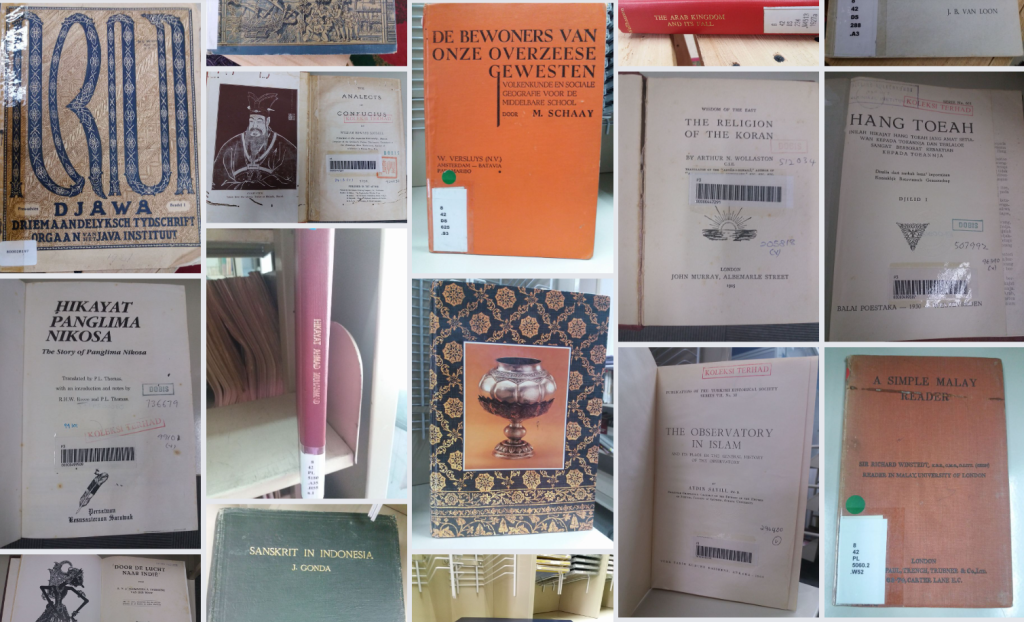
Langkawi Research Center Gallery
The Langkawi Research Center (PPL) is located at Tuanku Abdul Halim Mu’adzam Shah Campus, Langkawi UNESCO Global Geopark. Langkawi Research Center is a focused center under UKM’s Institute of Environment and Development (LESTARI), responsible for carrying out research and academic services related to integrated heritage conservation and geopark development.




Natural History Gallery
Geology Exhibition
The Geological Museum was launched in 1990. Since the establishment of the Geological Department in conjunction with the establishment of Universiti Kebangsaan Malaysia itself in 1970, efforts to develop this museum took time to complete, especially the collection of local mineral, rock and fossil samples.
To date, the total number of samples collected is over 7000 samples covering the Geological Museum, Geological Gallery and Rock Archives.



Seed Bank Exhibition
Seed Bank of Universiti Kebangsaan Malaysia (UKMSB) is one of the units under the Natural History Museum, Faculty of Technology Science. This unit serves as a conservation center and preservation of plant genetic resources such as paddy, fruits and vegetables in particular used in research in UKM.
This unit keeps various types of crop access including traditional varieties, wild varieties, modern cultivars and biakasonic droplets. To date, for paddy crops alone, UKMSB has more than 100 traditional varieties, 50 modern cultivars, and more than 600 droplets. Additionally, UKMSB also has over 25 chilli accesses, 30 salad access, 30 access tails, 10 nut access, and various vegetable access and other fruits. These accessories are obtained through research activities, field work and seed sharing with individuals / research institutions / education from within and outside the country.
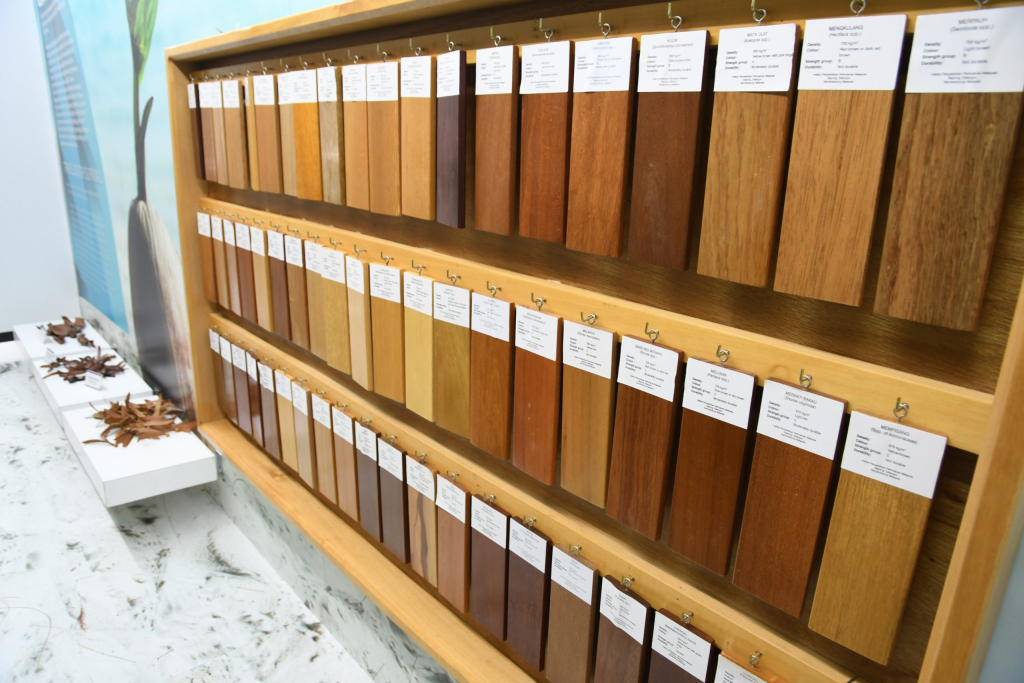

Zoology Exhibition
Malaysian National University Zoological Museum is one of the units under the Museum of Natural History, Faculty of Science and Technology. The museum is also a collection center and a vertebrate specimen repository, where to date, the museum has reached 6000 specimens as a whole.
The zoological museum has a diverse and unique collection of specimens of marine life, fish, amphibians, reptiles, birds and mammals.These specimens are preserved since the 80s and there are also several specimens from the 70s, where these specimens are preserved using several curing methods such as curing methods in formalin and alcohol solution of ethanol, taxidermy, bone and diaphonized.
The Zoological Museum was established as a collection center collection of vertebrates specimens as a result of research by researchers and UKM students and as a reference center for researchers and people who are interested in biodiversity diversity.



Insects Exhibition
Centre for Insect Systematics (CIS) of Universiti Kebangsaan Malaysia (UKM) is one of its kind in Southeast Asia. CIS is also one of the UKM’s centres of excellence. CIS was established in 1993 following the Agenda 21 of the Rio Declaration. Since its inception, the centre has collection of over 100,000 specimens, of which >120 are type specimens. CIS has its own world-circulated journal SERANGGA, which is dedicated to publication of research findings in insect systematics and diversity, particularly of Southeast Asia as well as other parts of the world.



Fieldwork Preliminary Study of Kuala Melaka River Rehabilitation for the Conservation of Fireflies for Tourism Purposes
Organized by: Langkawi Development Authority (LADA), Faculty of Science and Technology (FST-UKM) and Langkawi Research Center (PPL-UKM)
Date: 17 – 18 November 2021
Place: Sungai Kuala Melaka, Kg. Kuala Muda, Langkawi
Last November 17 and 18, a field work was carried out in Sg. Kuala Melaka, Kg. Kuala Muda, Langkawi, which used to be known as “River Park Langkawi”. This field work is a preliminary study of the rehabilitation of Sungai Kuala Melaka for the conservation of fireflies. This study includes identifying the species of fireflies that already exist, as well as the identification of vegetation types, which are model trees for the fireflies found in the location. The main purpose of this study is as a basis for development planning in Sungai Kuala Melaka where this “firefly viewing event” can be used as a new tourist attraction in Langkawi UNESCO Global Geopark (LUGGp). The research experts involved are Prof. Associate Dr. Norela Sulaiman (Head of Bukit Fraser Research Center, UKM) and Dr. Shamsul Khamis (PPL-UKM Associate Fellow). Also assisting throughout the study were staff from the LADA Tourism Division and PPL-UKM.
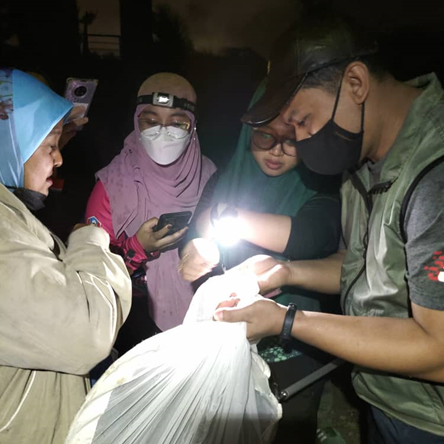
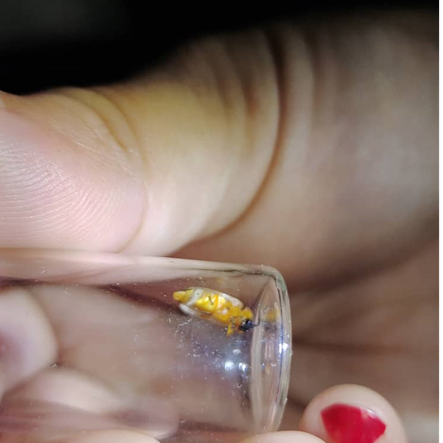

Bat Research in the Langkawi Islands
Organized by : Langkawi Research Center (PPL)
Date: 16 – 23 January 2016
Place: Langkawi Research Center (PPL) and around the Langkawi Islands
A bat research field work under the management of Dr. Juliana Senawi was held on 16 – 23 January 2016 in several islands around the Langkawi Islands. This research is a study for the Sustainable Development of Heritage Resources for the Well-being of Local Communities project (AP-2014-007). This research work for about a week aims to identify the bat and kluang species found in the Langkawi Islands. Some fog net traps have been installed on Dangli Island and Lalang Island which are identified as the home of the kluang kluang. Counting of kluang species is also recorded. In addition to Dangli Island and Lalang Island, several places around the Langkawi Islands have also been identified such as Tok Diang Cave, Pasir Dagang Cave and Dayang Bunting Bat Cave. This study was also assisted by UKM students, veterinarians and local tour guides.

